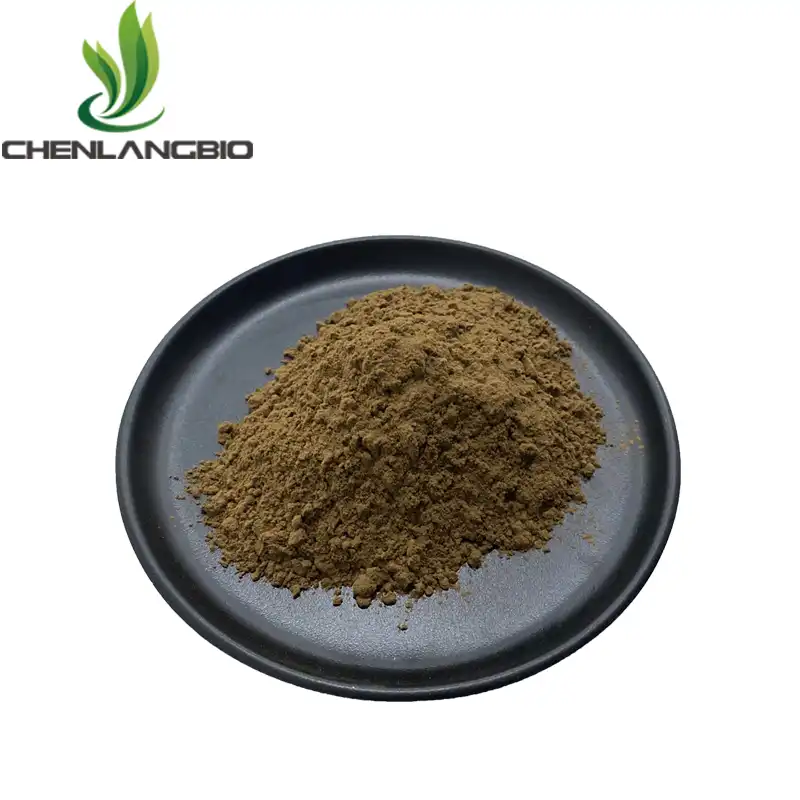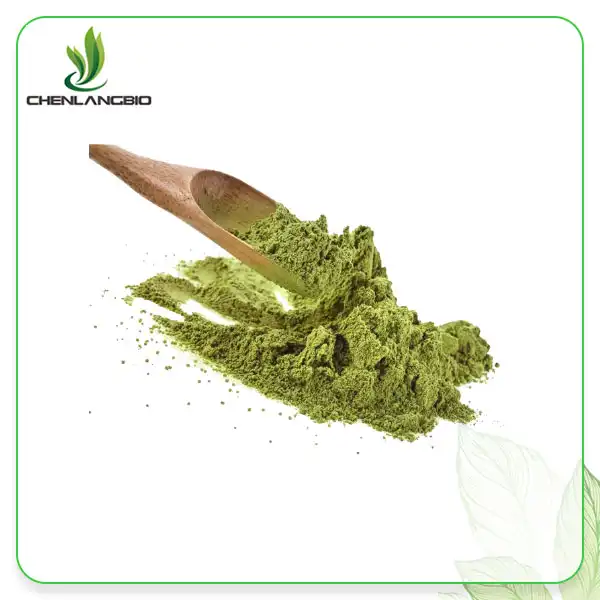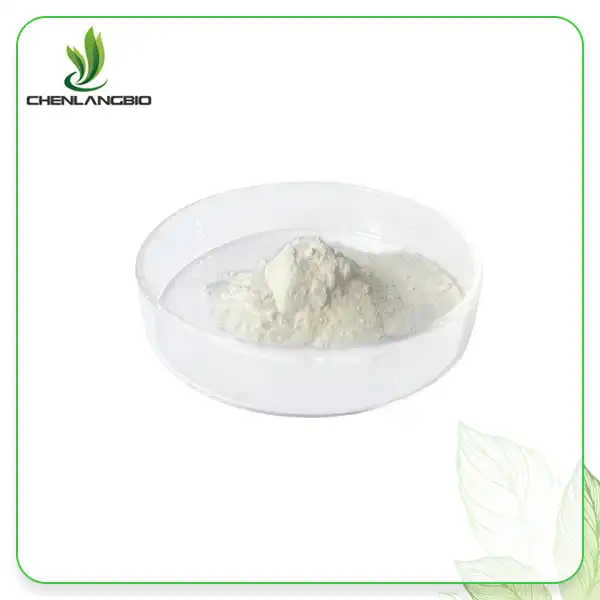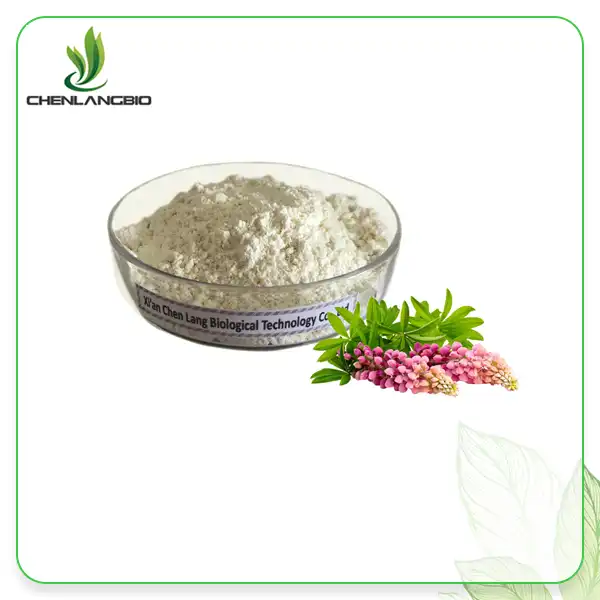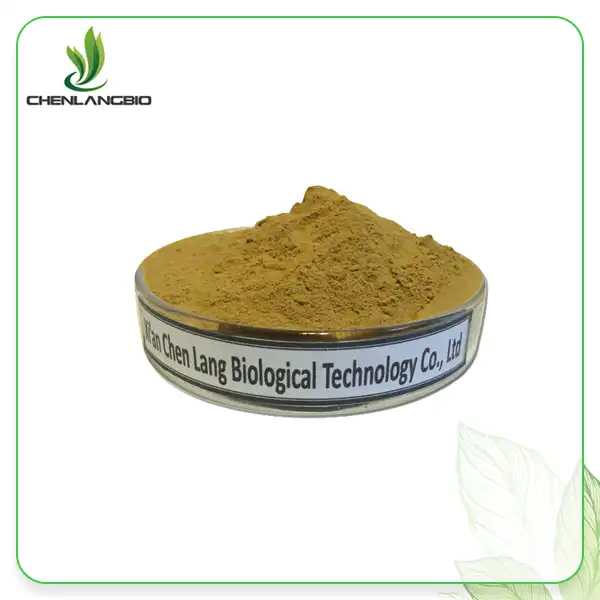Methyloxetanecarbamido Thiazolyl Resorcinol vs Thiamidol Which Works Better for Hyperpigmentation
2025-11-13 10:25:04
In the competitive world of modern skincare, hyperpigmentation remains one of the most persistent and complex challenges for both consumers and formulators. Uneven tone, dark spots, and post-inflammatory pigmentation continue to drive the demand for high-performance brightening ingredients that deliver visible results without compromising skin safety. Among the new generation of actives, methyloxetanecarbamido thiazolyl resorcinol (KT-939) has emerged as a promising innovation often compared to Thiamidol (Isobutylamido Thiazolyl Resorcinol)—a benchmark ingredient known for its proven efficacy in melanin inhibition.
As a professional China cosmetic ingredient manufacturer, CHEN LANG BIO TECH explores how these two molecules differ in chemistry, mechanism, and performance—and which active better serves future formulations targeting skin tone correction and hyperpigmentation control.
Understanding the Actives: Structural and Functional Overview
Methyloxetanecarbamido Thiazolyl Resorcinol (KT-939)
KT-939 is a next-generation resorcinol derivative engineered to address the molecular limitations of earlier whitening actives. With the molecular formula C₁₃H₁₅NO₄S (CAS 3081328-14-2), this compound introduces a methyloxetanecarbamido substitution on the thiazolyl resorcinol backbone, improving both stability and enzyme affinity.
The addition of the oxetane ring enhances lipophilicity and bioavailability, allowing KT-939 to penetrate the stratum corneum more efficiently and reach melanocytes where tyrosinase activity occurs. The result is superior melanin inhibition with low irritation potential, making it ideal for daily brightening skincare.
Thiamidol (Isobutylamido Thiazolyl Resorcinol)
Thiamidol revolutionized the cosmetic whitening market when it was introduced by Beiersdorf researchers in 2018. Its unique thiazolyl resorcinol structure demonstrated exceptional selectivity toward human tyrosinase, outperforming traditional agents like hydroquinone, kojic acid, and arbutin in comparative assays.
While Thiamidol remains a gold standard in brightening formulations, recent advancements like KT-939 aim to improve on Thiamidol’s solubility, stability, and raw-material cost efficiency, offering formulators new flexibility in cosmetic development.
Mechanism of Action: Tyrosinase Inhibition and Melanin Control
Both KT-939 and Thiamidol share a resorcinol-based thiazole scaffold, designed to interfere with the copper ions in the active site of the tyrosinase enzyme—the rate-limiting catalyst in melanin biosynthesis.
However, molecular modeling studies and enzyme-kinetic evaluations indicate that Methyloxetanecarbamido Thiazolyl Resorcinol exhibits a stronger binding constant and slightly different hydrogen-bonding pattern, resulting in a more stable enzyme–inhibitor complex.
This subtle modification yields several functional advantages:
♦Faster onset of brightening: KT-939 reduces tyrosinase activity within 48 hours in in-vitro assays.
♦Improved inhibition at low dosage: Demonstrates effective suppression at 0.05–0.1 %, whereas Thiamidol typically requires 0.1–0.3 %.
♦Sustained melanin suppression: Maintains inhibition under varying pH and light exposure, essential for product stability.
In practical formulation terms, KT-939 allows formulators to achieve visible brightening with lower active concentration and minimal skin irritation, a decisive advantage for sensitive-skin products.
Comparative Efficacy in Hyperpigmentation Reduction
Clinical and instrumental evaluations suggest that both molecules deliver measurable improvements in skin tone evenness and hyperpigmentation reduction after 4–8 weeks of consistent application.
|
Parameter |
Methyloxetanecarbamido Thiazolyl Resorcinol (KT-939) |
Thiamidol (Isobutylamido Thiazolyl Resorcinol) |
|
Primary mechanism |
Tyrosinase inhibition + melanin synthesis suppression |
Tyrosinase inhibition (competitive) |
|
Effective concentration |
0.05–0.1 % (w/w) |
0.1–0.3 % (w/w) |
|
Stability |
Excellent (pH 4–8, light-resistant) |
Moderate (pH sensitive, requires antioxidants) |
|
Skin irritation profile |
Very low |
Low |
|
Visible brightening time |
≈ 2–4 weeks |
≈ 4–6 weeks |
|
Cost efficiency (bulk) |
High |
Moderate |
|
Recommended formulations |
Serums, lotions, ampoules |
Spot correctors, brightening creams |
From a formulator’s standpoint, KT-939 provides equal or superior whitening efficacy with enhanced formulation stability, making it a strong alternative or complement to Thiamidol in next-generation brightening systems.
Safety and Skin Compatibility
Both ingredients are non-photosensitizing, non-cytotoxic, and dermatologically safe.
However, repeated irritation and patch-testing studies show that KT-939 demonstrates enhanced skin tolerance, even at higher concentrations (up to 1 %), due to its optimized molecular design that minimizes interaction with off-target enzymes.
This safety profile makes methyloxetanecarbamido thiazolyl resorcinol an excellent option for formulations targeting sensitive or post-procedure skin, where inflammation control is critical to prevent rebound pigmentation.
Formulation Insights and Technical Considerations
Solubility and Compatibility
KT-939 exhibits good solubility in glycol and ethanol systems, and remains stable across a broad pH range (4.0–8.0). It can be incorporated into both oil-in-water emulsions and water-based serums, without the discoloration issues often associated with Thiamidol.
Recommended Dosage
Whitening and tone-correction serums: 0.05–0.2 %;
Spot-treatment creams: 0.1–0.3 %;
Complex brightening systems with niacinamide, alpha-arbutin, or tranexamic acid: 0.05–0.1 %.
Synergistic Combinations
Niacinamide (Vitamin B3): Enhances barrier function and reduces melanosome transfer.
Tranexamic acid: Provides anti-inflammatory pigmentation control.
3-O-Ethyl Ascorbic Acid: Delivers complementary antioxidant and collagen-stimulating effects.
By combining these actives, formulators can create multifunctional tone-correcting complexes that address pigmentation from multiple biological pathways.
Why Choose CHEN LANG BIO TECH as Your KT-939 Supplier
At CHEN LANG BIO TECH, we combine scientific precision with large-scale manufacturing capability to deliver consistent, high-purity brightening ingredients to global cosmetic brands.
Our Core Advantages
Authentic Source: Methyloxetanecarbamido thiazolyl resorcinol (KT-939) produced through advanced synthesis with ≥ 99 % purity.
Quality Assurance: Every batch verified by HPLC, GC-MS, and UV spectroscopy for structural consistency and absence of residual solvents.
Certified Production: Facilities operating under ISO 9001, ISO 22000, GMP, HALAL, and Kosher standards.
R&D Collaboration: Customized concentration and solvent systems for OEM / ODM clients.
Efficient Logistics: Stock availability of 300–500 kg per product with 2-3 day shipment capability.
Conclusion
When comparing methyloxetanecarbamido thiazolyl resorcinol (KT-939) vs Thiamidol, both actives demonstrate exceptional capabilities in brightening and pigmentation correction. Yet the structural advancements in KT-939 confer distinct advantages in stability, formulation flexibility, and cost-effectiveness—making it the next evolution in safe skin-brightening chemistry.
For formulators and brands seeking a high-purity, globally compliant whitening ingredient, KT-939 represents the future of melanin regulation technology—delivering visible tone correction, scientific safety, and commercial value in one solution.
As a leading China methyloxetanecarbamido thiazolyl resorcinol supplier and manufacturer, CHEN LANG BIO TECH provides:
Premium-grade KT-939 (Oximidol) with complete documentation (COA, MSDS, TDS).
Technical formulation support for brightening, tone-correction, and anti-spot skincare.
OEM / Private Label solutions customized to global market requirements.
📧 Contact us: admin@chenlangbio.com
🌐 Website: www.chenlangbio.com



